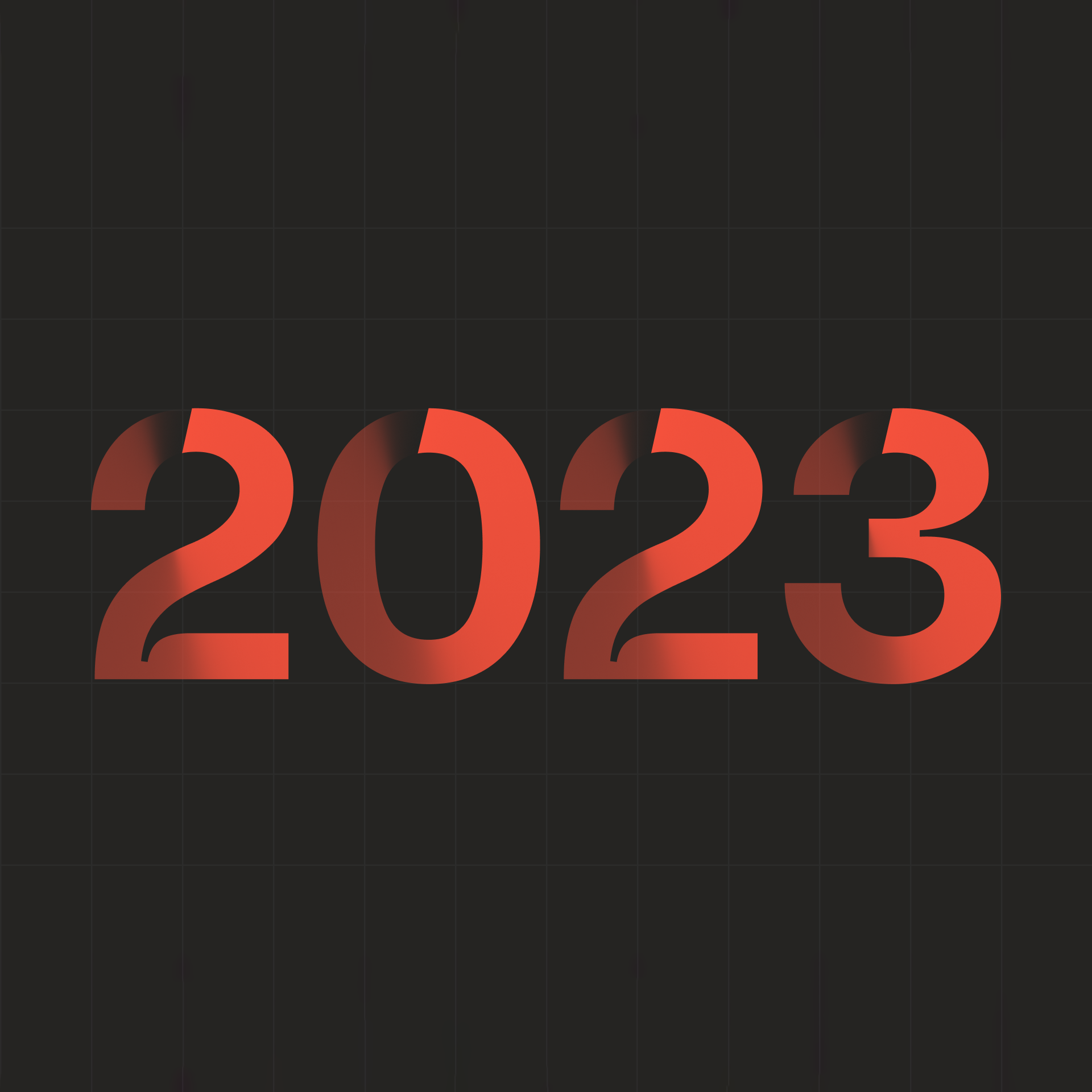The fintech revolution has been unfolding in 2023, with startups and traditional financial institutions alike embracing technological advancements to meet the evolving demands of their customers.
We delve into the heart of the matter in this year in review, exploring the trends and opportunities posed by the ever-changing financial landscape.
From the disruptive forces of innovative startups to the dynamics of incumbent financial institutions, we navigate the complexities and highlight the Top Fintech Trends that are shaping the future of the financial industry, offering a comprehensive perspective on the path forward.
But first of all, what is the payment ecosystem?
The financial technology industry, or fintech, is a dynamic world where technology-driven firms offer financial services and support technology services for financial institutions. Fintech companies cleverly employ technology to facilitate payments between businesses and consumers, all in a thoughtfully bold manner.
The fintech realm boasts a staggering valuation of $194 billion, a bold testament to its growth.
Defining the full spectrum of fintech is a challenge, much like a playful puzzle. It’s a realm where technology and finance have been dancing for a while, and fintech seems like a hip, new name for some old moves.
The dynamic landscape spans digital lending, mobile payments, investment management, insurance technology, and distributed ledger technology. Amidst technological advances, evolving financial demands, and heightened competition, a wave of new fintech startups and investments is reshaping the industry.
Year-in-review: the 2023 payment trends.
In the ever-evolving global payment landscape, transformation unfolds at a relentless pace.
Consumers are driving a significant transformation in payment behavior, prioritizing an efficient and enjoyable user experience alongside a demand for easy, automatic, and widely accepted new payment methods.
Businesses quickly adapting to this evolving landscape are reaping the benefits of increased conversion rates, enhanced customer loyalty, and reduced churn.
However, those companies that have disregarded their customers’ shifting payment preferences have inadvertently introduced friction into the buying journey, making their competitors a more attractive alternative.
Digital wallets, buy now pay later options, and contactless payments, concepts that were virtually unheard of a mere decade ago, have revolutionized how both consumers and merchants handle payments. Over the span of three years, contactless card payments at point-of-sale (POS) terminals saw a substantial surge, rising from 41% of all card payments in 2019 to a commanding 62% in 2022. During this period, cashless payment methods, including mobile phone applications, witnessed notable growth, especially in peer-to-peer transactions. The prevalence of mobile payments more than tripled in terms of the number of transactions, surging from 3% to 10%, and increased from 4% to 11% in terms of their overall value between 2019 and 2022.
This year brings forth remarkable developments that promise to redefine the landscape of financial technology. We unpack the latest top 5 developments.
1. Account-to-account payments: the (new) fintech frontier.
Among the most promising trends, the surge of Account-to-account (A2A) payments stands out as a potential game-changer.
A2A payments entail direct transactions between parties, bypassing intermediaries like card networks. These modern A2A payments, facilitated by digital tools on dedicated payment channels, often occur in real time, epitomizing the thoughtfully bold spirit of innovation.
The likes of pioneers such as Zimpler are now presenting game-changing payment solutions, challenging the established payment norms.
A2A payments are expected to exhibit a CAGR (compound annual growth rate) of 13% until 2026, which will lead to a worldwide e-commerce market size approaching $850 billion. This growth is fueled by RTP (Real-time Payment) schemes and a notable increase in card-based transaction costs. Factors such as security, swiftness, and cost-effectiveness, including the absence of interchange fees, contribute to their growing popularity.
In Scandinavian countries, where innovation is prioritized by the central banks, the adoption of new technologies in payments has gone further than in other countries. These central banks actively promote the use of standardized practices. Additionally, in some instances, they take an operational role within the payment system.
The rapid adoption of digital payments shows no signs of slowing down as more consumers turn to mobile wallets, online payment gateways, and other digital payment solutions. This shift is propelled by the widespread use of smartphones, the flourishing insurance, business administration, investment, and igaming sectors, and the growing demand for contactless payment methods after the COVID-19 pandemic. The pandemic has also led to an increased use of digital payments. Notably, in low and middle-income economies (excluding China), over 40% of adults who made merchant in-store or online payments using a card, phone, or the internet did so for the first time since the start of the pandemic.
In recent years, consumers, banks, and small businesses have embraced A2A payments at an astounding pace.
According to a recent study conducted by Juniper Research, Open Banking payments are projected to represent a substantial portion of Europe’s transaction volume, reaching an estimated $87 billion by the year 2026.
With this momentum, it is projected that A2A payments could represent 15% of all transactions globally by 2030, amounting to a market value exceeding 2 trillion euros.
2. RegTech applications.
In the age of digitization, RegTech, or Regulatory Technology, takes center stage as it efficiently navigates the complex web of rules and regulations governing fintech startups.
This innovative marriage of “Regulation” and “Technology” ensures automated compliance solutions for fintech companies.
The increase in the digitalization of payments has led to security breaches, incurring losses to merchants and customers as well.
As per the 2022 AFP Payments Fraud and Control Survey, 71% of surveyed organizations fell prey to payment fraud or attempted fraud. This pervasive security threat poses a significant obstacle to the digital payment market’s growth.
In the context of combating fraud, Regtech plays a crucial role by providing advanced technological solutions to address regulatory challenges associated with fraud prevention and detection.
Thanks to the utilization of cloud computing, machine learning, and data analytics, 2023 marks the ascent of RegTech solutions. They bring heightened accuracy, enhanced efficiency, and a safer operating environment, particularly benefiting the highly regulated financial sector.
The Global RegTech Market is projected to achieve a size of $22.3 billion by 2027, with a steady growth rate of 19.8% CAGR (compound annual growth rate) over the forecast period.
3. Buy now – pay later.
The rise of BNPL (Buy Now, Pay Later) disrupts traditional financing by offering consumers an attractive alternative. With the option to defer payments, BNPL has gained immense popularity.
In 2023, it played an even more significant role in financial transactions, benefiting consumers, merchants, and financial institutions alike.
For financial institutions, BNPL presents both a challenge and an opportunity, potentially reshaping their loan products and creating new business prospects.
Customers find respite from the high interest rates and stringent approval processes of traditional banks, but can incur fees if payments are missed. Merchants can boost sales by appealing to customers seeking flexible payment options.
Frequent users of BNPL products face an increased risk of financial difficulties. According to research from the Financial Conduct Authority, consumers who have employed BNPL services more than ten times within the past year are 4 times more likely to have missed bill payments in 3 out of the past 6 months. The study also revealed that 27% of UK adults, equivalent to 14 million individuals, had used BNPL at least once in the 6 months leading to January 2023, marking a significant increase from the 17% reported in May 2022.
4. Artificial intelligence in fintech.
Artificial Intelligence (AI) is no stranger to our daily lives, and the fintech industry is no exception.
AI is revolutionizing financial planning, offering personalized investment strategies based on individual preferences and risk tolerance. Sentiment analysis and AI-driven chatbots could serve as virtual financial advisors, delivering localized solutions, advice, and guidance.
While AI-supported technology can be highly beneficial in daily operations, there are apprehensions surrounding the specifics of data ingestion on an organizational scale.
Italy has recently prohibited the platform, and other European nations have raised concerns about how AI-related data ingestion aligns with GDPR.
In addition to regulatory issues, numerous financial institutions express reservations about employing public third-party AI chatbots, fearing the potential leakage of their proprietary data.
5. Embedded finance.
Embedded finance emerges as a game-changer, subtly reshaping the fintech landscape without being a fintech application itself. This coding integration allows financial services to seamlessly become a part of non-financial software through APIs.
Users can access credit and payments effortlessly within the platforms they use, simplifying processes and enhancing security.
Embedded finance streamlines the user experience, eliminating the need for redundant payment information entry and making financial operations simpler, safer, and more efficient.
In this era of fintech innovation, it holds the promise of transforming the financial world as we know it, catering to the evolving demands of consumers and businesses with thoughtfully bold solutions.
Final thought.
The need to reduce hurdles, streamline processes, and cut costly administrative overhead is more critical than ever. Easy integration is the key to achieving these goals, ensuring that businesses can navigate the rapidly changing landscape of payments with ease.
Ultimately, our collective future in the realm of payments holds both opportunities and challenges.
By embracing innovation, fostering financial inclusivity, and prioritizing security, we can unlock the potential of the payments landscape, making it more accessible, efficient, and equitable for all.
Enabling businesses to onboard, pay, and receive payments locally and across borders in seconds, with instant settlements, is a game-changer. Payment solution provider Zimpler plays a pivotal role in the future of fintechs.
Join the payment revolution.
—
The information contained in this post is intended for informational purposes only, and should not be relied upon for professional advice of any kind. Zimpler does not make any representation or warranty as to the completeness or accuracy of the information, and assumes no liability or responsibility that may result from reliance on such information.



